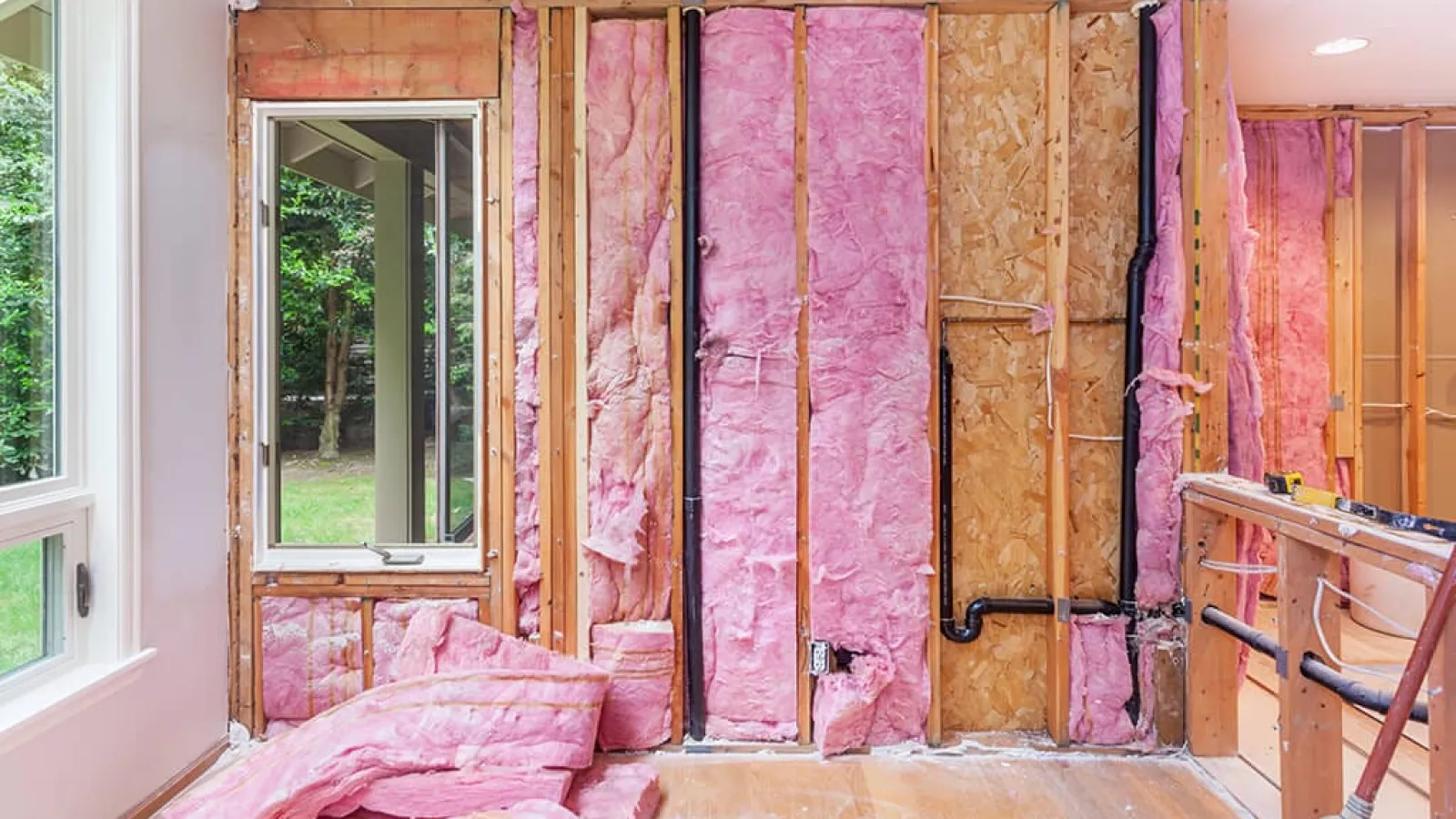Living in Austin’s tech-driven market means homeowners increasingly expect their HVAC systems to be as connected and intelligent as their smartphones. While smart thermostats were just the beginning, today’s integrated climate control systems are becoming sophisticated home automation platforms that can learn, adapt, and optimize comfort while you’re not even thinking about it.
The evolution beyond basic smart thermostats has been remarkable. Modern integrated systems offer voice-controlled temperature adjustment through Alexa, Google Assistant, or Siri. Geofencing technology detects when you’re approaching home and automatically adjusts temperatures for your arrival. Integration with solar panels and battery storage systems optimizes energy usage based on real-time production and storage levels.
Perhaps most impressive are the air quality monitoring capabilities that automatically adjust ventilation and filtration based on outdoor pollen counts, pollution levels, and indoor air quality measurements. For Austin residents dealing with cedar pollen and construction dust, these automated responses can significantly improve indoor air quality without any manual intervention.
Austin’s Tech-Forward Adoption
Austin’s concentration of tech workers has created a unique market for advanced home automation systems. Local homeowners are often early adopters who push the boundaries of what’s possible with connected HVAC technology. We’re seeing installations that include whole-home automation systems that adjust climate control based on occupancy patterns detected by smart security systems and motion sensors throughout the house.
Integration with Austin Energy’s time-of-use pricing has become particularly sophisticated. Smart systems can pre-cool homes during off-peak hours, store thermal energy in the home’s structure, and minimize cooling during expensive peak periods while maintaining comfort. Some advanced installations combine solar generation, battery storage, and smart HVAC optimization to achieve near-zero energy costs even during Austin’s brutal summer months.
Austin’s notorious cedar pollen season has driven innovation in air quality integration. Systems can receive real-time pollen count data and automatically adjust filtration systems, close fresh air dampers during high pollen periods, and send alerts to homeowners about optimal times for outdoor activities.
The Foundation of Successful Integration
While the technology possibilities are exciting, successful smart HVAC integration depends on getting the fundamentals right. Reliable connectivity is absolutely critical – we’ve learned that hardwired ethernet connections consistently outperform WiFi for critical climate control systems, especially when your comfort depends on the system working during peak demand periods.
Redundant manual controls are essential because even the smartest systems occasionally fail or lose connectivity. Professional installation has proven crucial because DIY smart system installations often create more problems than they solve, particularly when integrating multiple systems and protocols.
Regular software updates for security patches and feature improvements are necessary but often overlooked by homeowners who treat their HVAC system like a traditional appliance rather than a connected device that requires ongoing maintenance.
Where Smart Systems Fail
Despite the impressive capabilities, smart HVAC integration comes with real challenges that can frustrate even tech-savvy homeowners. Connectivity failures during peak cooling demand – exactly when you need the system most – remain problematically common. Voice assistants that misinterpret temperature commands can cause uncomfortable surprises, while smartphone apps that don’t work reliably create friction in daily use.
Perhaps most concerning is the rapid obsolescence cycle of smart home technology. Devices that were cutting-edge just 2-3 years ago are already being discontinued or losing manufacturer support, leaving homeowners with expensive equipment that no longer functions as designed.
Security and Privacy Considerations
Connected HVAC systems inevitably create cybersecurity vulnerabilities that traditional systems don’t have. Default passwords that are never changed, unencrypted data transmission, and firmware that’s rarely updated create potential entry points for network attacks. While actual security breaches affecting HVAC systems remain relatively rare, the potential for problems is real and growing.
Privacy concerns are perhaps more immediate than security risks. Smart HVAC systems collect detailed data about when you’re home and away, your daily routines and preferences, energy usage patterns, and even indoor air quality measurements that can indicate health conditions. This data is valuable to manufacturers and service providers, but homeowners should understand what information is being collected and how it’s being used.
The Economics of Smart Integration
The financial benefits of smart HVAC integration typically include energy savings of 10-15% with proper setup and optimization. For tech-savvy users, the convenience factor is often high enough to justify the costs even without energy savings. However, reliability issues during the first year of operation are common enough to affect overall satisfaction.
Resale value benefits remain unclear – while home buyers in Austin generally expect smart home features, the rapid pace of technology change means that today’s cutting-edge system may seem outdated by the time you sell your home unless it’s properly documented and maintained.
Choosing Future-Proof Technology
Smart homeowners focus on systems built with open protocols rather than proprietary technologies that lock them into single manufacturers. Companies with strong support histories and regular security updates are more likely to maintain their systems over time. Local backup controls ensure functionality even when smart features fail.
The Austin Market Reality
While Austin home buyers increasingly expect smart integration, our experience shows that most ultimately care more about reliability than having the latest features. The key is focusing on systems that enhance comfort and efficiency consistently rather than pursuing the most advanced technology for its own sake.
The smart home revolution in HVAC is real and accelerating, but success depends on balancing innovation with reliability, convenience with security, and features with long-term value. For Austin homeowners willing to invest in proper design and installation, smart HVAC integration can deliver meaningful improvements in comfort, efficiency, and quality of life.

 Share
Share Twitter
Twitter LinkedIn
LinkedIn Facebook
Facebook Copy Link
Copy Link